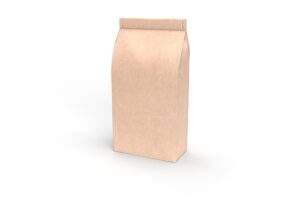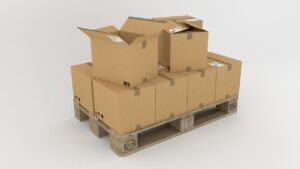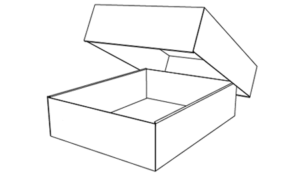 Paper bags have been used for centuries, and the story behind is very interesting.
Paper bags have been used for centuries, and the story behind is very interesting.
A paper bag is a bag made of food-grade kraft paper these paper bags can be used to pack and store food and non-food items. This disposable container will come in handy at any time- for packing groceries at the supermarkets, new outfits at the department stores, pastries at the bakery, takeaway coffee at the coffee shops but also for cleaning windows, storing onions and garlic, or making compost…
This ordinary thing, called a paper bag, still has a magical appeal to everyone who is amazed by how mundane things are designed and made.
History of paper bags
Let’s rewind to the beginning of the 18th century. Storekeepers came up with the idea of making paper bags. They needed containers into which purchases could be packed and carried home so they cut, folded and pasted sheets of paper.
Half a century later, in 1852, Francis Wolle, a school teacher, patented a ” Machine for Making Bags of Paper”. This machine cut the paper of suitable length off a roll, folded it, appled glue to the edges and pasted and lapped it. Wolle’s machine could produce 1800 paper bags per hour. However, the paper bags he produced were far from perfect. The bags resembled a large mailing envelope therefore bigger objects could not fit in it. However, Wolle’s machine spurred the present day use of paper packaging.
Later on, Margaret Knight invented a machine that could automatically cut, fold, and glue flat-bottomed paper bags after she had realised that square bottomed bags are quite more practical than Wolle’s envelope-shaped bags.. Knight’s invention revolutionized the paper bag industry by replacing the work of thirty people with one machine. Since her machine turned out to be very profitable, she established her own company for paper bag production.
 These square-bottomed bags did not look as the paper bag that we use today: they did not have pleated sides. It was Charles Stilwell, a mechanical engineer , who added this feature and so now the bags could be easily folded, stacked and stored. This Stillwell’s design is also known as the S.O.S. bag, or “self-opening sacks.”
These square-bottomed bags did not look as the paper bag that we use today: they did not have pleated sides. It was Charles Stilwell, a mechanical engineer , who added this feature and so now the bags could be easily folded, stacked and stored. This Stillwell’s design is also known as the S.O.S. bag, or “self-opening sacks.”
However, this is not where the story ends. In early 20th century, Lydia and Walter Deubener, grocers from Saint Paul, noticed that their customers struggled to carry all the groceries home by hand. After experimenting for a while, they thought up how they could improve the design of the paper bag and get around this problem. They realised that if they punch holes into the sides of paper bags and attach a string which ran under the bag and doubled as a handle and bottom reinforcement, then the customers could carry up to 10 kg of groceries in a bag. This add-on was revolutionary. They sold 50 of these bags in just few hours, so they patented this bag in 1929.
Visit our product page where we presented the Paper bag machine.


